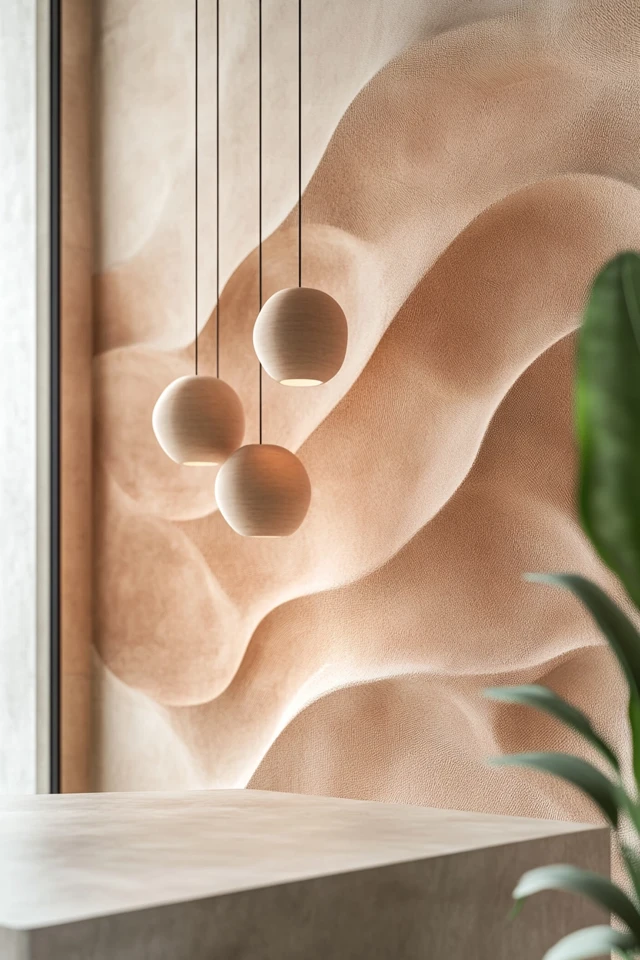Introduction
An accent wall is like the cherry on top of a well-designed space—it’s subtle yet impactful, adding depth and character without overwhelming the minimalist aesthetic. When I first experimented with creating an accent wall in my own home, I was hesitant. Would it disrupt the clean, simple lines I loved? But after adding a soft, textured concrete finish to a single wall in my living room, the result was transformative. The room retained its minimalist charm but gained a focal point that tied everything together beautifully.
Minimalist accent walls are about restraint and intention. Instead of bold patterns or loud colors, they use texture, neutral tones, and understated elements to create a space that feels balanced and cohesive. In this guide, I’ll share 10 minimalist accent wall ideas to help you transform any room in your home.
Why Add a Minimalist Accent Wall?
Key Benefits
- Defines a Space: Accent walls create visual interest and define specific areas in open layouts.
- Adds Depth: Subtle contrasts in texture or tone prevent minimalist spaces from feeling flat.
- Enhances Focus: A well-designed accent wall draws attention to key features like a bed, sofa, or dining table.
- Elevates Minimalism: Clean, intentional designs bring out the beauty of simplicity.
1. Painted Monochrome Wall
Why It Works
A monochrome accent wall adds depth to a minimalist space without introducing new colors or patterns.
How to Do It
- Choose a slightly darker or lighter shade of your room’s base color.
- Stick to neutral tones like gray, taupe, or soft beige for a cohesive look.
- Use the wall to frame furniture, such as a bed or sofa, to create a subtle focal point.
- Avoid contrasting colors to maintain the minimalist aesthetic.
2. Textured Plaster or Concrete
Why It Works
Plaster or concrete finishes bring organic texture to minimalist spaces, adding visual interest without being overwhelming.
How to Do It
- Apply a microcement or Venetian plaster finish to a single wall for a modern, industrial vibe.
- Use soft, natural tones like gray, white, or sand for a calming effect.
- Pair with clean-lined furniture and neutral decor to highlight the wall’s texture.
- Avoid over-accessorizing to keep the focus on the wall itself.
3. Vertical Wooden Slats
Why It Works
Wooden slats create a clean, linear design that adds warmth and texture to minimalist interiors.
How to Do It
- Install vertical wood panels or slats on one wall for a streamlined look.
- Choose light-toned woods like oak or ash to complement neutral palettes.
- Use the slats to frame a TV, fireplace, or bed for added functionality.
- Space the slats evenly for a polished, architectural feel.
4. Geometric Paint Designs
Why It Works
Subtle geometric patterns add structure and interest while staying true to minimalist principles.
How to Do It
- Use painter’s tape to create simple geometric shapes, such as triangles or diagonal lines.
- Stick to a single color family with varying tones for a monochromatic effect.
- Apply the design sparingly—focus on one section of the wall or keep the shapes large and simple.
- Pair with minimalist furniture and decor to balance the boldness of the design.
5. Natural Stone or Brick
Why It Works
Exposed stone or brick walls bring texture and an organic feel to minimalist spaces.
How to Do It
- Opt for a neutral-toned brick or stone finish to complement minimalist color schemes.
- Use this wall to frame key areas like a fireplace, TV, or headboard.
- Keep the rest of the decor simple to allow the natural material to shine.
- Avoid overly rustic finishes—choose polished or painted stone for a modern look.
6. Oversized Artwork
Why It Works
A single large piece of artwork can serve as an accent wall while keeping the design minimal.
How to Do It
- Choose abstract or monochromatic art that complements your room’s palette.
- Center the artwork on the wall and leave plenty of negative space around it.
- Use a simple frame or go frameless for a sleek, modern look.
- Ensure the piece is proportionate to the size of the wall to maintain balance.
7. Neutral Wallpaper
Why It Works
Wallpaper in minimalist designs adds subtle patterns and textures without overwhelming the space.
How to Do It
- Choose wallpapers with soft, understated patterns like lines, grids, or natural textures.
- Stick to neutral tones such as beige, gray, or white to blend seamlessly with the room.
- Apply the wallpaper to a single wall behind a key piece of furniture, like a bed or dining table.
- Avoid bold or busy patterns to maintain the minimalist aesthetic.
8. Shiplap or Beadboard
Why It Works
Shiplap and beadboard walls add subtle texture and a touch of character to minimalist spaces.
How to Do It
- Paint the shiplap or beadboard in the same color as the rest of the walls for a seamless look.
- Use the accent wall to frame areas like a TV stand, desk, or sofa.
- Choose narrow or wide boards depending on the scale of your room.
- Pair with clean, modern furniture to keep the look contemporary.
9. Large-Scale Mirrors
Why It Works
Mirrors reflect light and create the illusion of more space, making them perfect for minimalist accent walls.
How to Do It
- Install a single oversized mirror or a grid of smaller ones for a striking effect.
- Use simple frames in black, white, or metallic finishes to maintain the minimalist vibe.
- Place the mirror opposite a window to maximize natural light in the room.
- Avoid cluttering the area around the mirror to keep the focus on its reflective qualities.
10. Two-Tone Paint
Why It Works
A two-tone wall adds depth and interest while maintaining the simplicity of minimalist design.
How to Do It
- Choose two complementary neutral tones, such as white and light gray.
- Divide the wall horizontally, with the darker color on the bottom and the lighter color on top.
- Use painter’s tape to create a clean, sharp line between the two tones.
- Pair with matching decor and furniture for a cohesive look.
Picture Gallery
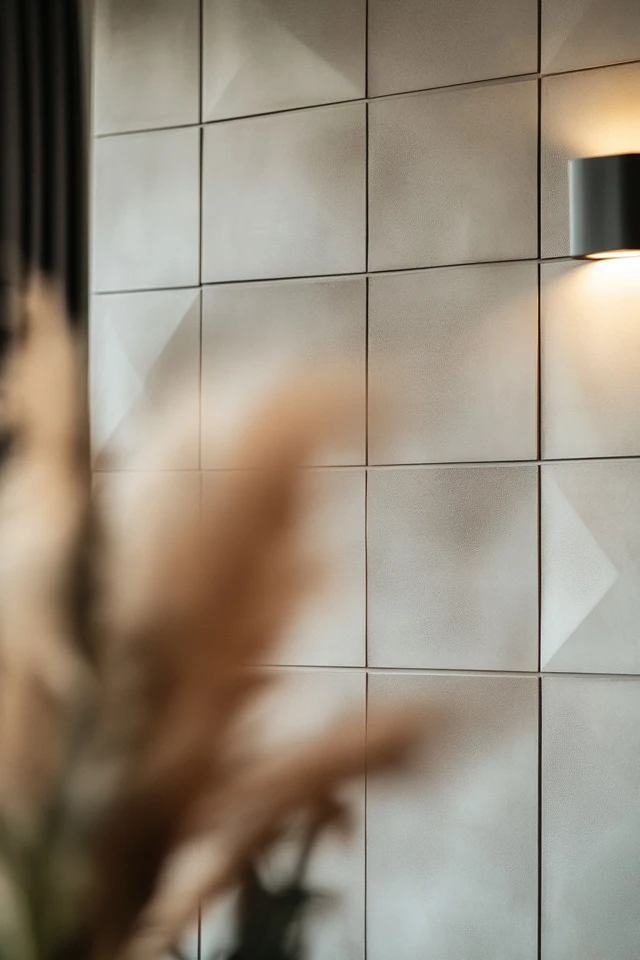
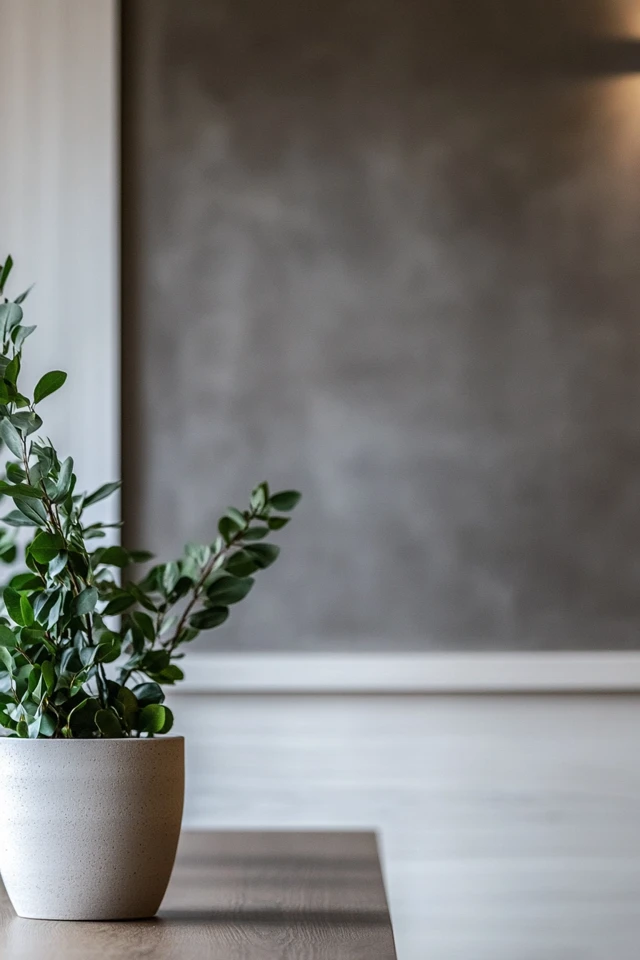
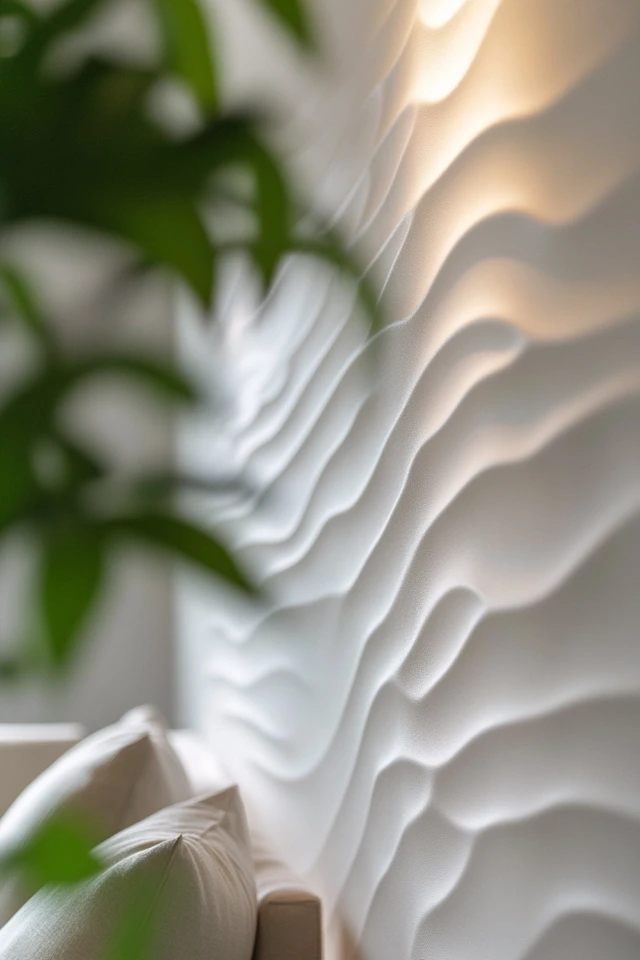

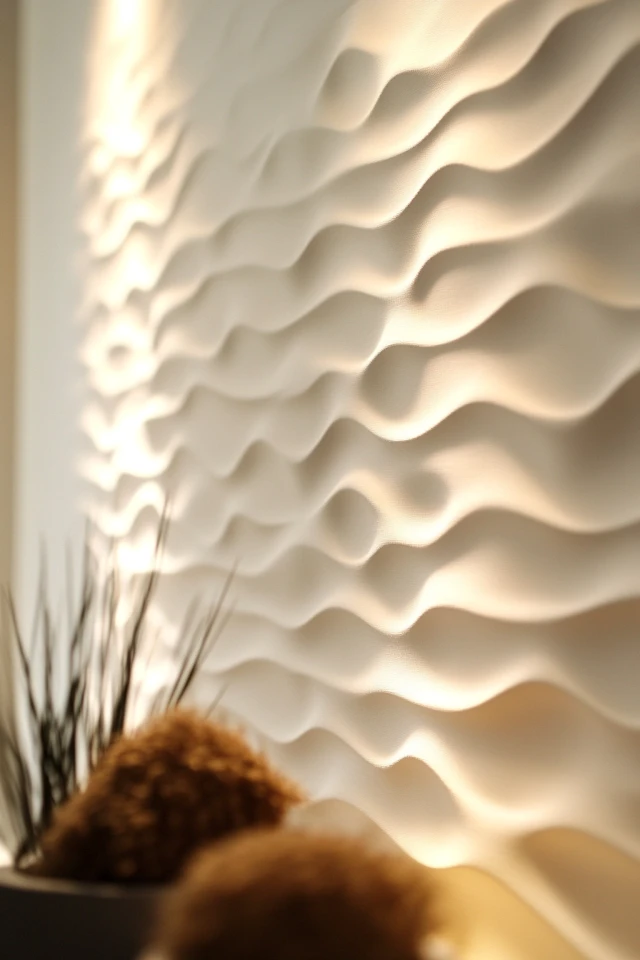
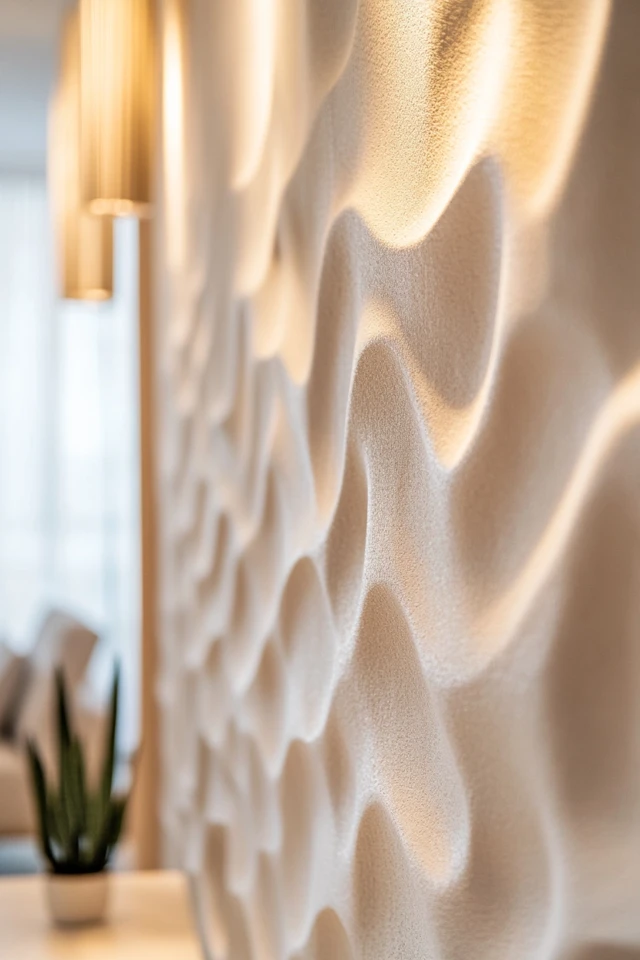
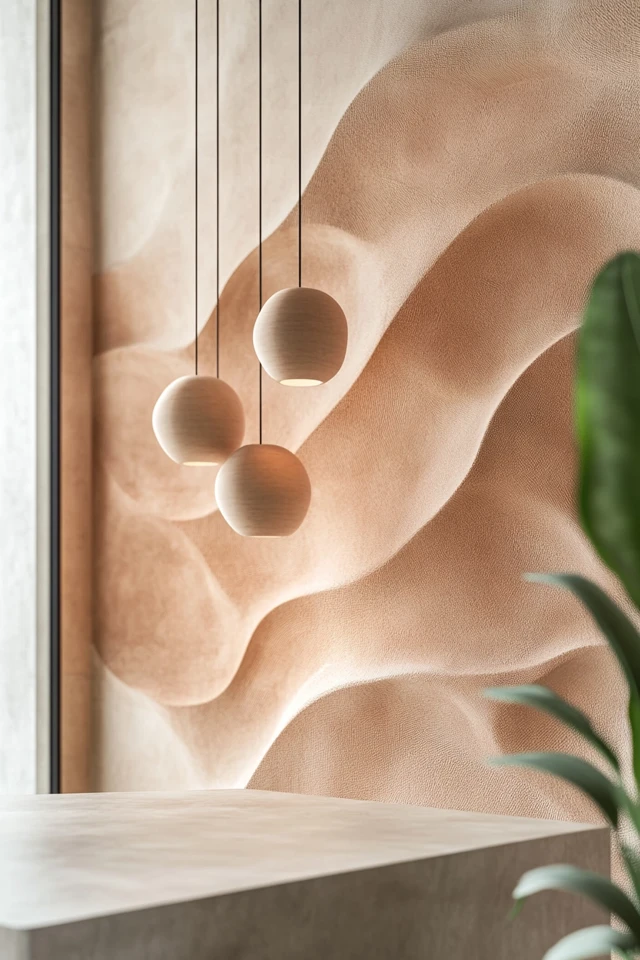
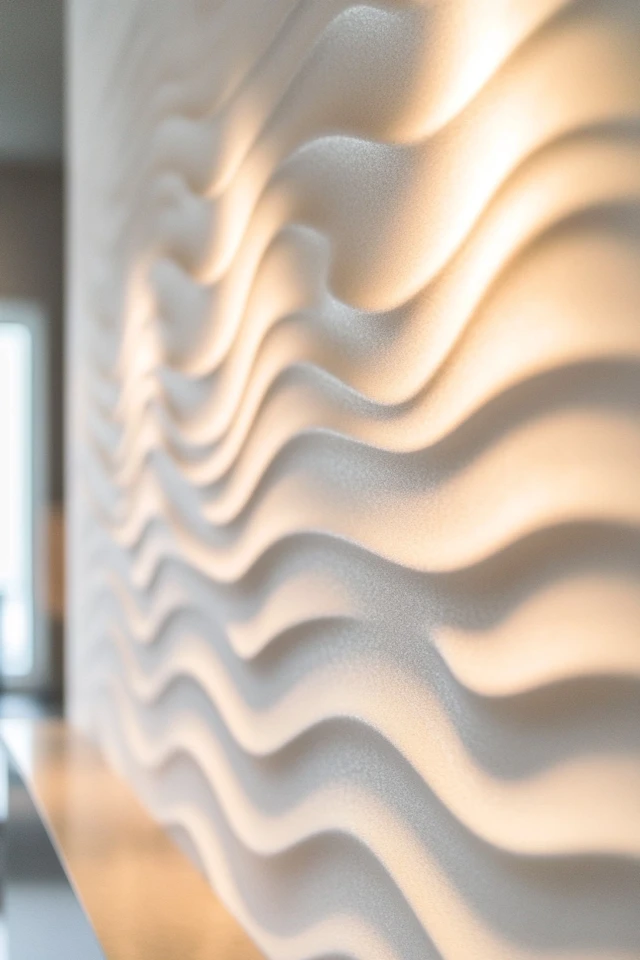
Conclusion
Minimalist accent walls are a powerful way to add character and depth to a space without compromising the clean, understated aesthetic. Whether you opt for textured finishes, subtle patterns, or natural materials, the key is to keep the design intentional and balanced.
What I love most about minimalist accent walls is their versatility—you can transform a room with just a few changes, whether it’s adding vertical wooden slats or painting a wall in a slightly darker tone. With these ideas, you’ll be able to create a stunning focal point that elevates your minimalist space.
So pick a wall, choose your favorite design, and let your creativity shine. You’ll be amazed at how a simple accent wall can transform your room into a modern masterpiece.
FAQ
What colors work best for minimalist accent walls?
Neutral tones like white, beige, gray, and taupe work best. For more contrast, consider darker shades like charcoal or muted navy.
Can I use bold patterns in a minimalist accent wall?
Yes, but keep the patterns subtle and understated. Stick to monochromatic designs or simple geometric shapes.
How do I choose which wall to accent?
Focus on walls that naturally draw attention, such as those behind a bed, sofa, or dining table.
Are textured accent walls hard to maintain?
Not at all! Textures like plaster, wood, or shiplap are durable and easy to clean, especially in neutral tones.
Where can I find materials for minimalist accent walls?
Home improvement stores like Lowe’s and Home Depot, as well as design retailers like Wayfair or West Elm, offer a range of materials and finishes for accent walls.

